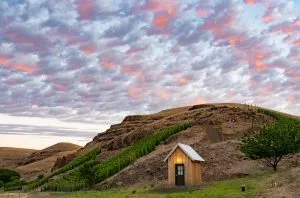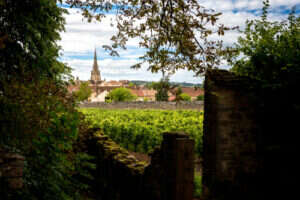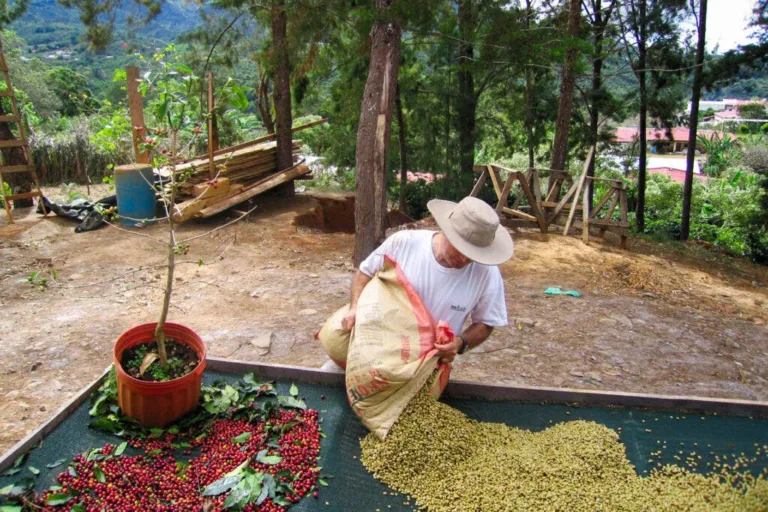Hors Catégorie Vineyard, in Milton-Freewater, Oregon, less than 15km from the Washington border.
At the end of 2023, the United States was home to 269 American Viticultural Areas (AVAs). These are meant to denote a specific sense of place – and, arguably, quality. Winemakers see these boundaries as a key piece of their marketing message.
However, when the AVAs cross regional political borders, does that impact consumers’ understanding of them and muddle any clarity that conversations about a sense of place and terroir hope to communicate?
The AVAs at a glance
Five of these crossover viticultural areas are located in the Pacific Northwest. The Columbia Valley, Columbia Gorge and Walla Walla Valley AVAs cover vineyards in both Oregon and Washington. Meanwhile, Snake River AVA includes land in Oregon and Idaho, and Lewis-Clark Valley includes vineyards in both Washington and Idaho.
According to the Alcohol and Tobacco Tax and Trade Bureau (TTB) website, a multi-state AVA may contain no more than three contiguous states. Fruit may come from any of the states within the appellation and must be vinified within approved state borders as well.
Defying political lines
For winemakers in this part of the country, terroir trumps politics when it comes to drawing borders.
‘The Walla Walla Valley (which celebrates its 40th anniversary this year) is a fully contained valley at the foothills of the Blue Mountains in Southeastern Washington and Northeastern Oregon, and the AVA was drawn to follow the natural contours of the valley,’ explains Ryan Pennington, chief operating officer of






